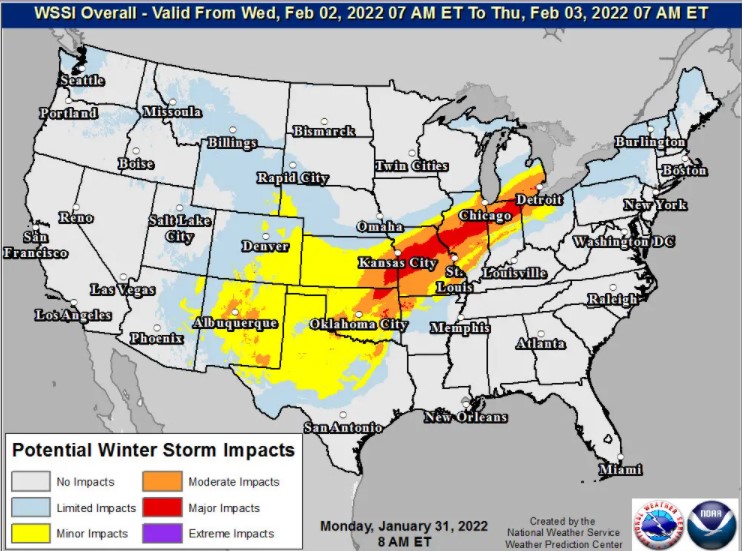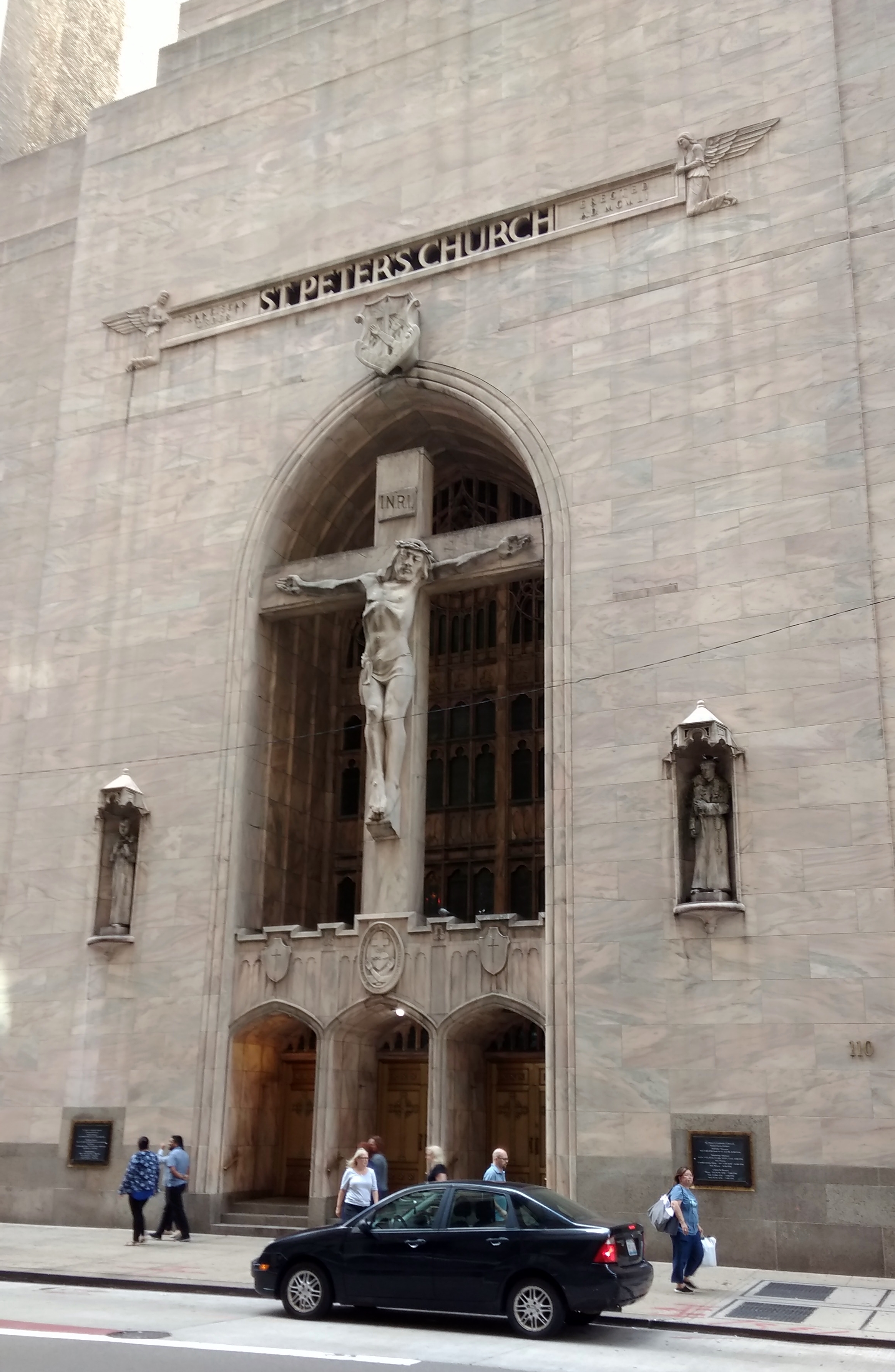Strangely enough, this morning another calendar crossed my desk, but not a cheapo publication. Rather, it’s the four-color, glossy-paper Global Fastener News Calendar for 2017. Published by Global Fastener News, or to be exact, Global Fastener News.com, based in Portland, Ore. If you want to know nuts and bolts, that’s your place.
Not to mock such a trade publication, as people sometimes do. I remember, for example, seeing clueless amusement in print that fire chiefs had their own magazine, as if managing a fire service operation weren’t a complicated task best done by informed management. Besides, I’ve made my living largely among trade publications. If there’s a trade, there’s a publication, because there are people who care deeply about their trade.
As for fasteners, you could almost say, literally, that the world would fall apart without them.
The Global Fastener News Calendar is an excellent calendar. It includes many standard religious and secular holidays — and not just American ones — as well as dates for fastener industry events, major sporting events, and dates you might not otherwise expect.
For instance: Save the Eagles Day (Jan. 10), National Freedom Day (Feb. 1), Candlemas (Feb. 2), World Cancer Day (Feb. 4), Pi Day (March 14), National Health Care Decision Day (April 16), Earth Day (April 22), World Press Freedom Day (May 3), National Day of Prayer (May 4), National Defense Transportation Day and then Armed Forces Day (May 19 and 20), National Donut Day (June 2), World Environment Day (June 5), World Accreditation Day (June 9), Juneteenth (June 19), Take Your Dog to Work Day (June 23), Stonewall Rebellion (June 28), World Population Day (July 11), System Administrators’ Appreciation Day (July 29), Friendship Day (Aug. 6), Left Hander’s Day (Aug. 13), UN International Day of Peace (Sept. 21), World Heart Day (Sept. 29), National Manufacturing Day (Oct.6), World Standards Day (Oct. 14), American Indian Heritage Day (Nov. 24), AIDS Awareness Day (Dec. 1), and Pan American Aviation Day and Wright Brothers Day (Dec. 17).
A few of these I hadn’t heard of and couldn’t quite guess by context. National Health Care Decision Day is for “emphasizing the spotlight on the importance of advance directives,” and World Accreditation Day as a “global initiative, jointly established by the International Accreditation Forum (IAF) and the International Laboratory Accreditation Cooperation (ILAC), to raise awareness of the importance of accreditation,” according to the IAF itself.
National Defense Transportation Day goes back further than you’d think. According to timeanddate.com: “On May 16, 1957, Congress approved for the third Friday of May each year to be designated as National Defense Transportation Day. In 1962 Congress updated their request to include the whole week within which the Friday falls as National Transportation Week.”
So I guess if you want to honor half-tracks or troop carriers or the original jeeps, that would be your day.
You’d think American Indian Heritage Day (aka Native American Heritage Day) would take the place of Columbus Day, but apparently not. That’s Indigenous Peoples’ Day, which isn’t on this particular calendar. To complicate matters, according to Wiki, “[Besides Berkeley], several other California cities, including Richmond, Santa Cruz, and Sebastopol, now celebrate Indigenous Peoples’ Day.
“At least four states do not celebrate Columbus Day (Alaska, Hawaii, Oregon, and South Dakota); South Dakota officially celebrates Native American Day instead. Various tribal governments in Oklahoma designate the day as “Native American Day,” or have renamed the day after their own tribes. In 2013, the California state legislature considered a bill, AB55, to formally replace Columbus Day with Native American Day but did not pass it.” Ah, well. People’s Front of Judea, Judean People’s Front.
I’m also amused by, but not mocking, some of the industry events on the calendar. Such as Comedy Night, North Coast Fastener Association; Hydrogen Embrittlement in Fasteners, FTI, Detroit; Fastener Fair India, Mumbai; Xmas in July, North Coast Fastener Association; ASME B1 Committee on Screw Threads, Scottsdale, AZ; Wire Russia, Moscow; Indo Fastener, Jakarta; Young Fastener Professionals, Las Vegas; and Screw Open, North Coast Fastener Association (sounds like a fun bunch of guys, that North Coast).
Dec. 6 — just missed it — is the anniversary of the implementation of the U.S. Fastener Quality Act of 1999, a fact that’s duly noted on the calendar. A signal achievement of the Clinton administration, no doubt, but I’m not going to do anything more than glance at “10 of the Most Frequently Asked Questions About the Final FQA.”
Such as: Are inch hex socket products really exempt from the FQA?
Answer: Yes. Even though all inch alloy steel socket products are through hardened as required by consensus standards, they are not required by those same standards to be grade marked and are therefore, NOT COVERED.
The next day, a year from today, is called Pearl Harbor Day and not some other formulation. Fitting.
One more thing, a fine detail. Phases of the moon are marked, new and full, as on many calendars, though not halves. But there are also two special symbols for the annular eclipse of Feb. 26, 2017 and the full eclipse of Aug. 21, 2017. Cool.









